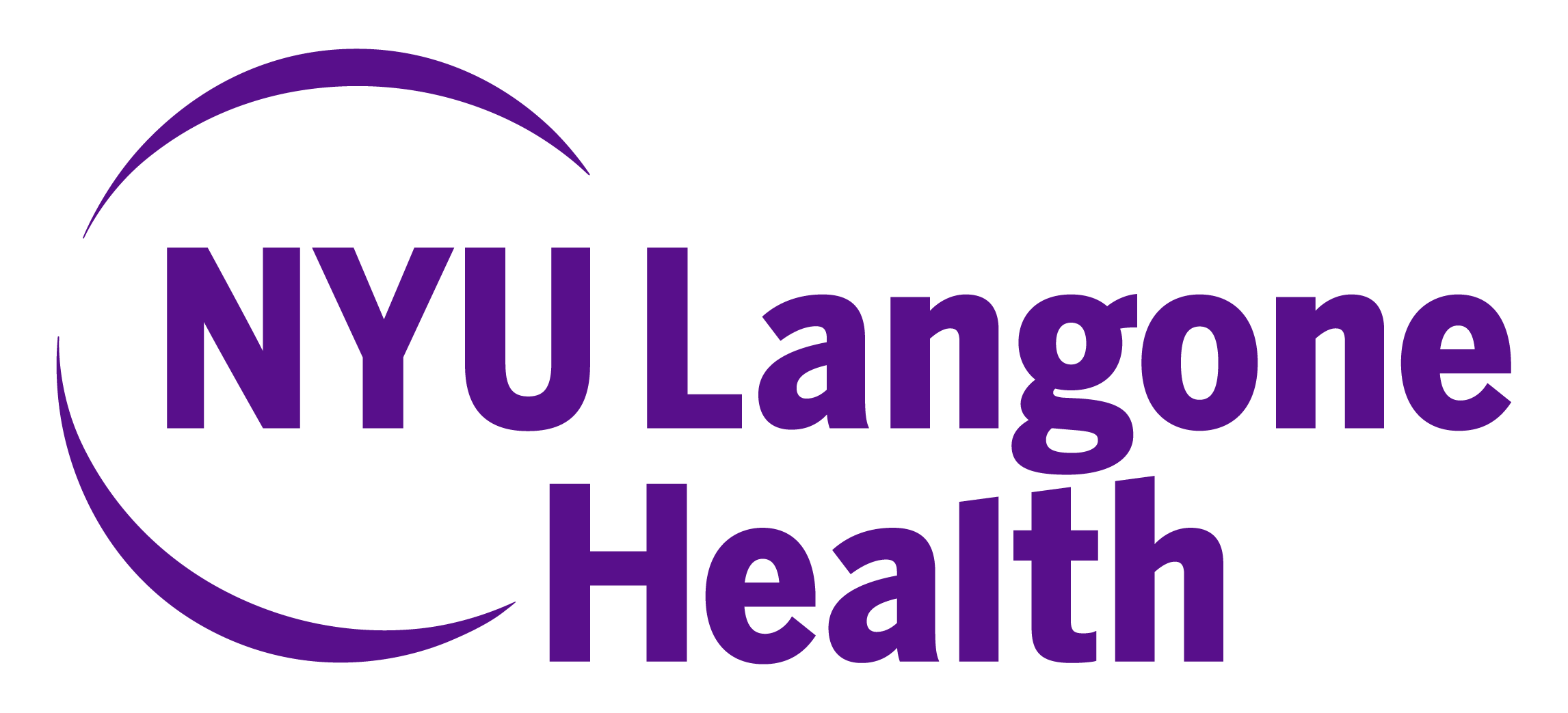- Advertise
- About OncLive
- Editorial Board
- MJH Life Sciences brands
- Contact Us
- Privacy
- Terms & Conditions
- Do Not Sell My Information
2 Clarke Drive
Suite 100
Cranbury, NJ 08512
© 2025 MJH Life Sciences™ and OncLive - Clinical Oncology News, Cancer Expert Insights. All rights reserved.
Dr. Weber on the Treatment of LDH-High Melanoma
Jeffrey S. Weber, MD, PhD, deputy director and co-director of the melanoma program, Laura and Isaac Perlmutter Professor of Oncology, Department of Medicine, NYU Langone Health’s Perlmutter Cancer Center, 2016 Giant of Cancer Care® in Melanoma, discusses the treatment of lactate dehydrogenase (LDH)–high melanoma.
Jeffrey S. Weber, MD, PhD, deputy director and co-director of the melanoma program, Laura and Isaac Perlmutter Professor of Oncology, Department of Medicine, NYU Langone Health’s Perlmutter Cancer Center, 2016 Giant of Cancer Care® in Melanoma, discusses the treatment of lactate dehydrogenase (LDH)–high melanoma.
It’s important to explain to patients how melanoma is categorized via tumor biology and genomics in the treatment selection process, says Weber. Notably, most patients with melanoma do not experience rapidly growing disease with high levels of LDH. Moreover, LDH is a surrogate marker for tumor bulk and is associated with poor outcomes, Weber says.
However, patients with LDH-high melanoma who harbor BRAF mutations can receive BRAF and MEK inhibitors. In these cases, the goal of treatment is to obtain tumor regression by week 8 to 12. Then, patients are switched to immunotherapy, Weber concludes.


